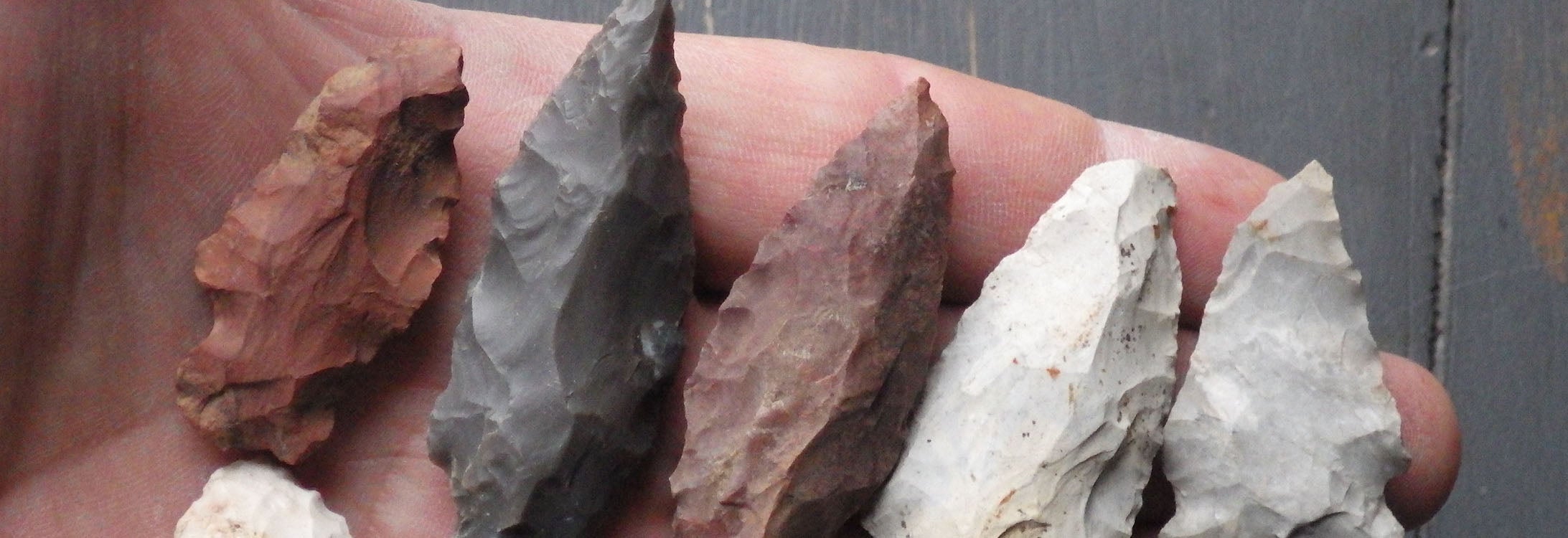Student Profile: Justin Brinson

Undergraduate researcher Justin Brinson is uncovering the past for future generations.
Mentor: Dr. Randolph Daniel
Department: Anthropology
Project Title: “Classification of prehistoric artifacts in Pitt County”
I am analyzing prehistoric stone artifacts recovered from areas within Pitt County. My job is to classify these artifacts so they can be integrated into the Phelps Archaeology Lab at ECU.
How did you get involved in undergraduate research?
I wanted to gain a better understanding of archaeology and what conducting research within the field would be like. I spoke with different professors in the anthropology department to see what type of research they were doing, and if it was possible to do research with them. Dr. Daniel, my current supervisor, approached me with a project he thought would benefit my development as a student of archaeology. With the possibility of an Undergraduate Research and Creative Activity (URCA) award, this project was the ideal opportunity.
Why did you choose your research topic?
I chose my topic because it was a great opportunity to learn how to classify artifacts and integrate them into an archaeology lab. Since the project I am working on contains thousands of artifacts, it gives me the chance to get a lot of practice in identification and data input. I also get the chance to work with artifacts that hold thousands of years of untold history, which is pretty cool.
What’s been your favorite part of conducting undergraduate research?
My favorite part of conducting research is classifying the artifacts. Having the opportunity to handle tools that maintain their integrity for millennia is awesome. Most of the artifacts initially are pretty difficult to identify, so it’s fun to clean them up and uncover the intricacies of their identity.
What challenges have you faced while conducting undergraduate research?
One of the hardest challenges I face in my research is determining whether an artifact is actually an artifact. The artifacts we received come in many different shapes, sizes and conditions. Some are the size of a dime, or smaller, bearing severe wear and tear. Others have been preserved almost perfectly. It can be difficult to say whether a rock is actually an artifact or just a rock.
Why is your research important for the average, everyday person?
My research allows the average person to become educated about technologies of the cultures that came before them. It helps them gain a better understanding how we as humans evolved and adapted, not only as individuals, but as a collective.
What’s your ultimate goal or accomplishment that you hope your research will help you achieve?
I would like to become more knowledgeable on past cultures and use it to teach the public, whether it be for a museum, national park or within academia. My ultimate goal is to work within the field of archaeology and contribute to investigating the mysteries of the past.
How do you feel that participating in undergraduate research has helped prepare you for life after college?
I feel that participating in research has helped me gain familiarity with artifacts and the integration process. It also gave me a chance to meet many people within my field, creating several connections. With the experience I have gained and the connections I have made, I have a sense of comfort as I start my career.
Do you have any advice for other students interested in conducting undergraduate research?
My advice would be to talk to your professors and don’t be afraid to make connections. All it takes is a simple conversation and your life can change for the better.
